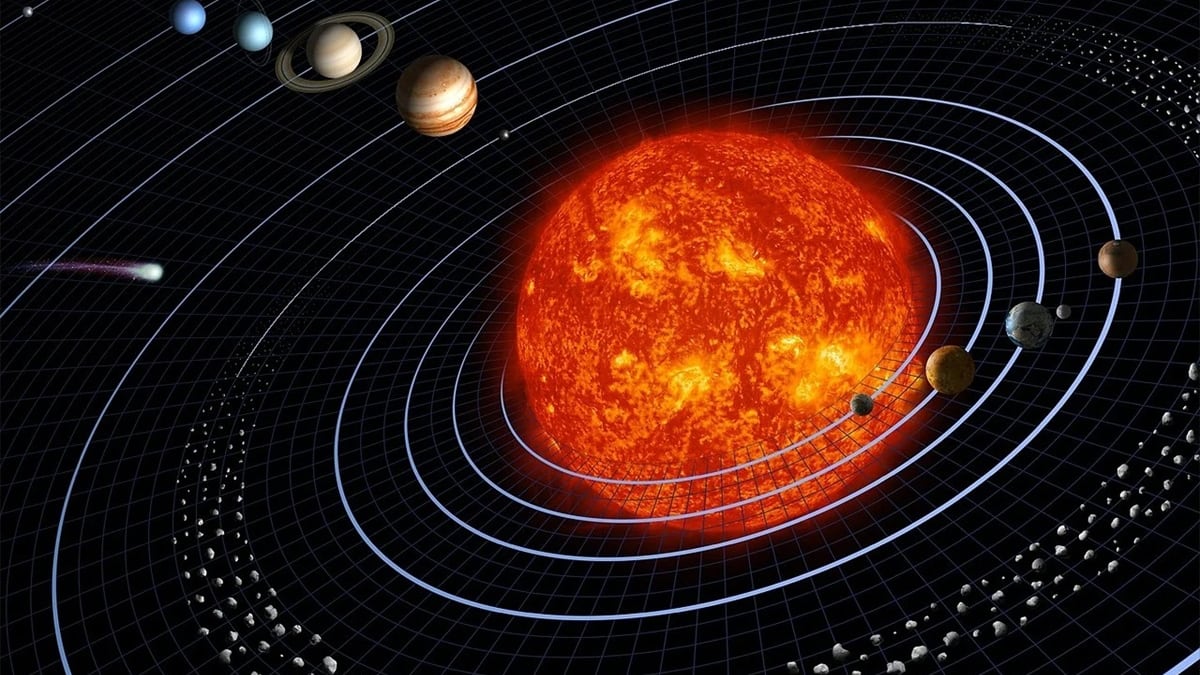After several years of research, the scientific community has validated a discovery after a long period of speculation and complex calculations, as NASA has announced the detection of a new planet within our Solar System. This celestial body, whose existence was revealed through gravitational disturbances observed in the Kuiper Belt, could have a mass up to ten times greater than that of Earth. This was reported by Scientific American magazine.
The discovery, led by the researcher Konstantin Batygin from the California Institute of Technology, represents a significant advancement in our understanding of the universe.
PUBLICIDAD
Astronomers have detected unusual orbital patterns in transneptunian objects, small icy worlds located beyond Neptune, that suggest the presence of a large hidden planet due to its gravitational influence. Although this is indirect evidence, its strength has led the scientific community to acknowledge the possible existence of this new neighbor in the cosmos.
What is "Planet Nine"?
The search for "Planet Nine" has been a mystery that has fascinated astronomers for many years. Despite having advanced technological tools, directly finding this remote planet has proven to be a considerable challenge due to its great distance from the Sun and low luminosity. Researchers hope that future space missions, equipped with more powerful telescopes, will be able to capture direct images of this enigmatic celestial body.
The validation of this recently discovered planet raises a series of essential questions regarding how our Solar System was formed and developed. How did a planet of such size originate at such a great distance from the Sun? What influence has it had on the structuring of the closer planets? These mysteries will encourage future studies and research in the coming years.
For an object to be classified as a planet, it must meet certain criteria defined by the International Astronomical Union. A celestial body must orbit a star, have enough mass to be nearly spherical in shape, and have cleared its orbit of other smaller bodies. The information obtained so far indicates that "Planet Nine" would satisfy all of these conditions.
The discovery of this new world not only expands the boundaries of our Solar System, but also renews interest in space exploration. The search for this huge planet has motivated a new generation of researchers and has highlighted that there are still numerous mysteries to be unveiled in our own cosmic vicinity. With technological progress, it is likely that we will find more surprises in the vast expanses of the universe.
